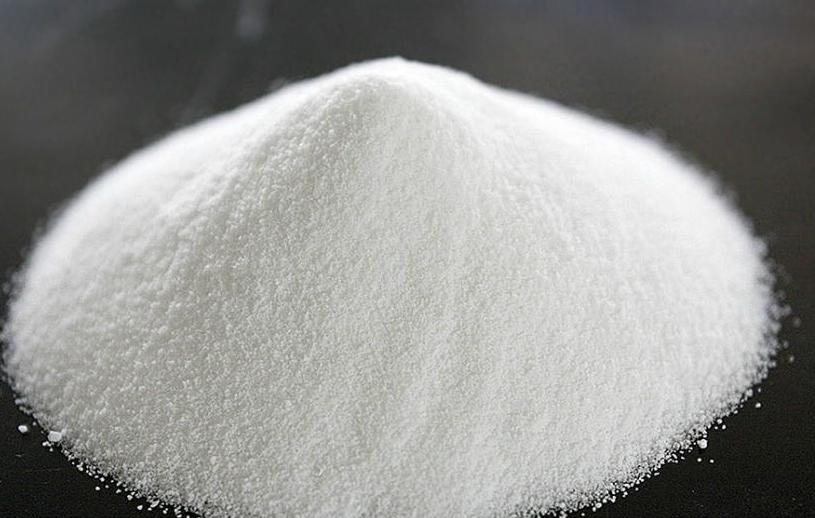[Alias]Perchloric acid
[Molecular Formula]HClO4
[Properties]Chlorine is an oxygen-containing acid, a colorless and transparent liquid that is highly hygroscopic and smokes strongly in the air. The relative density is 1.768 (22/4℃), the melting point is -112℃, and the boiling point is 16℃ (2400Pa). A strong acid. Soluble in water and alcohol, it is quite stable after being dissolved in water. The aqueous solution has good conductivity. Anhydrous perchloric acid is extremely unstable and cannot be produced under normal pressure. Generally, only hydrates can be produced, and there are six kinds of hydrates. Concentrated acid is also unstable and will decompose when left alone. When heated, it decomposes into chlorine dioxide, water and oxygen, and explodes. It has a strong oxidizing effect and can cause an explosion when it comes into contact with reburning materials such as carbon, paper, and sawdust. Dilute acid (below 60%) is relatively stable and has no oxidizing properties when cold. The highest boiling point mixture containing 71.6% perchloric acid can be formed. Perchloric acid can react violently with iron, copper, zinc, etc. to form oxides, react with P2O5 to form Cl2O5, and can also decompose and oxidize elemental phosphorus and sulfur into phosphoric acid and sulfuric acid.

[Quality Specifications]
Reference standard (industrial grade)
|
Indicator name |
Indicators |
|
Appearance |
Colorless transparent quilt |
|
Perchloric acid (HC1O4), % |
56-58 |
[Use]Used in the production of perchlorates, esters, fireworks, explosives, gunpowder, film and artificial Diamond purification. It is also used as a strong oxidant, catalyst, battery electrolyte, metal surface treatment agent and solvent for acrylonitrile polymerization. It is also used in medicine, mining, metallurgy, lead electroplating and other industries. Perchloric acid reacts with potassium ions to form slightly soluble potassium perchlorate, and this reaction can be used to measure potassium.
[Brief preparation method]① Electrolysis of sodium chlorate to produce sodium perchlorate, sodium perchlorate and hydrochloric acid undergo metathesis reaction Perchloric acid is then generated, and the finished product perchloric acid is obtained after evaporation and concentration.
② Prepared by vacuum distillation of potassium perchlorate and concentrated sulfuric acid at 140-190°C.
[Safety and Protection]Perchloric acid is a first-class inorganic acidic corrosive substance, and the hazard code number is 91010. Packed in plastic barrels, net weight 25kg per barrel. A small amount is packed in glass bottles, with a net weight of 5kg per bottle. There should be a clear “corrosive product” mark on the packaging. Store in a cool and dry place. Do not store or transport it together with organic matter or combustible matter. In case of fire, water, yellow sand and various fire extinguishers can be used to put out the fire.
Perchloric acid fumes are highly irritating to mucous membranes and skin. If skin comes into contact, wash immediately with plenty of water or soapy water.

 微信扫一扫打赏
微信扫一扫打赏

